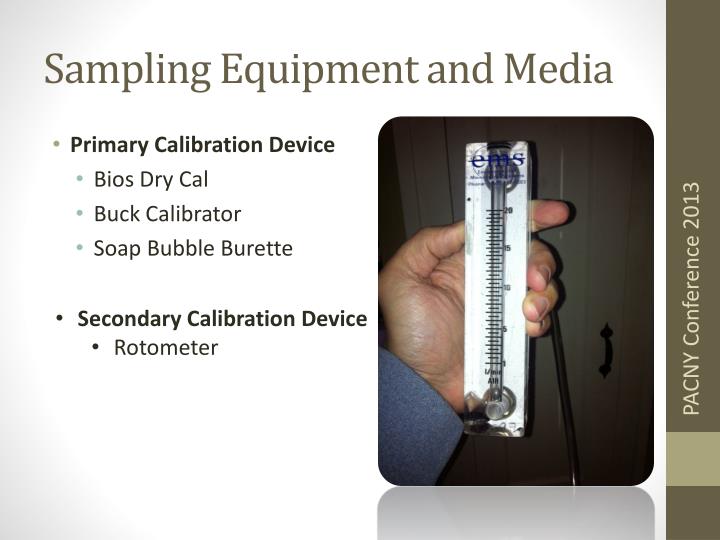

(0.26 N H 2S0 4 can be prepared by diluting 1.5 mL of 36N H 250 4 to 200 mL with deionized water.) The filters are dried in an oven at 100 degrees C for one hour and then assembled into two-piece 37 mm polystyrene cassettes with backup pads. The filters are prepared by soaking each filter with 0.5 mL of 0.26N H 2S0 4. Samples are collected on 37 mm Gelman type A/E glass fiber filters treated with sulfuric acid.

Samples are collected by use of a personal sampling pump that can be calibrated within +5% of the recommended flow rate with the sampling filter in line.
#CAL OSHA BREATHING ZONE PLUS#
The standard requires that the method of monitoring must have an accuracy, to a 95 percent confidence level, of not less than plus or minus 25 percent for the select PEL. The employer, however, has the obligation of selecting any monitoring method which meets the accuracy and precision requirements of the standard under his unique field conditions. The method OSHA currently uses is included below. There are a number of methods available for monitoring employee exposures to MDA. Air samples should be taken in the employee's breathing zone (air that would most nearly represent that inhaled by the employee). The arithmetic average of all such random samples taken on one work shift is an estimate of an employee's average level of exposure for that work shift. Random sampling means that any portion of the work shift has the same chance of being sampled as any other. Short-time interval samples (or grab samples) may also be used to determine average exposure level if a minimum of five measurements are taken in a random manner over the 8-hour work shift. Measurements taken for the purpose of determining employee exposure to MDA are best taken so that the representative average 8-hour exposure may be determined from a single 8-hour sample or two (2) 4-hour samples. Methylenedianiline, Appendix D - Sampling and Analytical Methods for MDA Monitoring and Measurement Procedures The exposure level of the mannequin was about 5.5-9.3 times higher than that of the human subject.Subchapter 7. The ratios of nose concentration to chest concentration for the human subject and the mannequin were 0-0.2 and 0.12, respectively. Then, the effects of the sampling location and the body temperature on the exposure were observed. In experiment, ethanol vapor was released in front of a model worker (human subject and mockup mannequin) and the vapor concentrations were measured at two different sampling points, at the nose and at the chest, in the breathing zone. In order to examine the spatial variability of contaminant concentrations in a worker's breathing zone, comparative measurements of personal exposure were carried out in a laboratory. However, several studies have mentioned that the concentration is not uniform in the breathing zone when a worker is close to the contaminant source. Conventionally, the "breathing zone" is defined as the zone within a 0.3 m (or 10 inches) radius of a worker's nose and mouth, and it has been generally assumed that a contaminant in the breathing zone is homogeneous and its concentration is equivalent to the concentration inhaled by the worker.


 0 kommentar(er)
0 kommentar(er)
